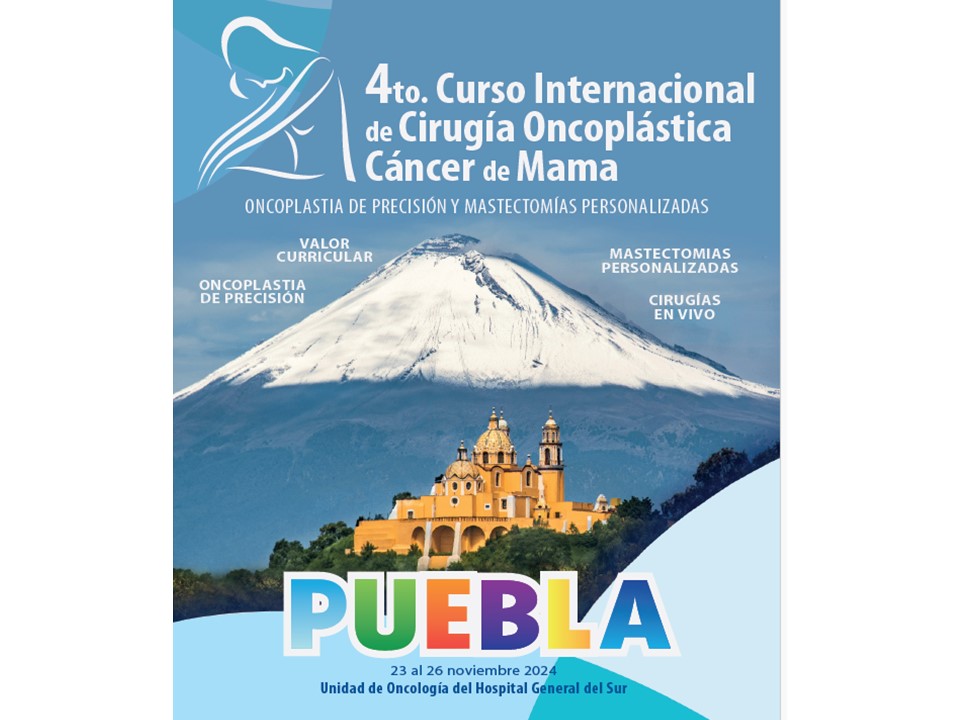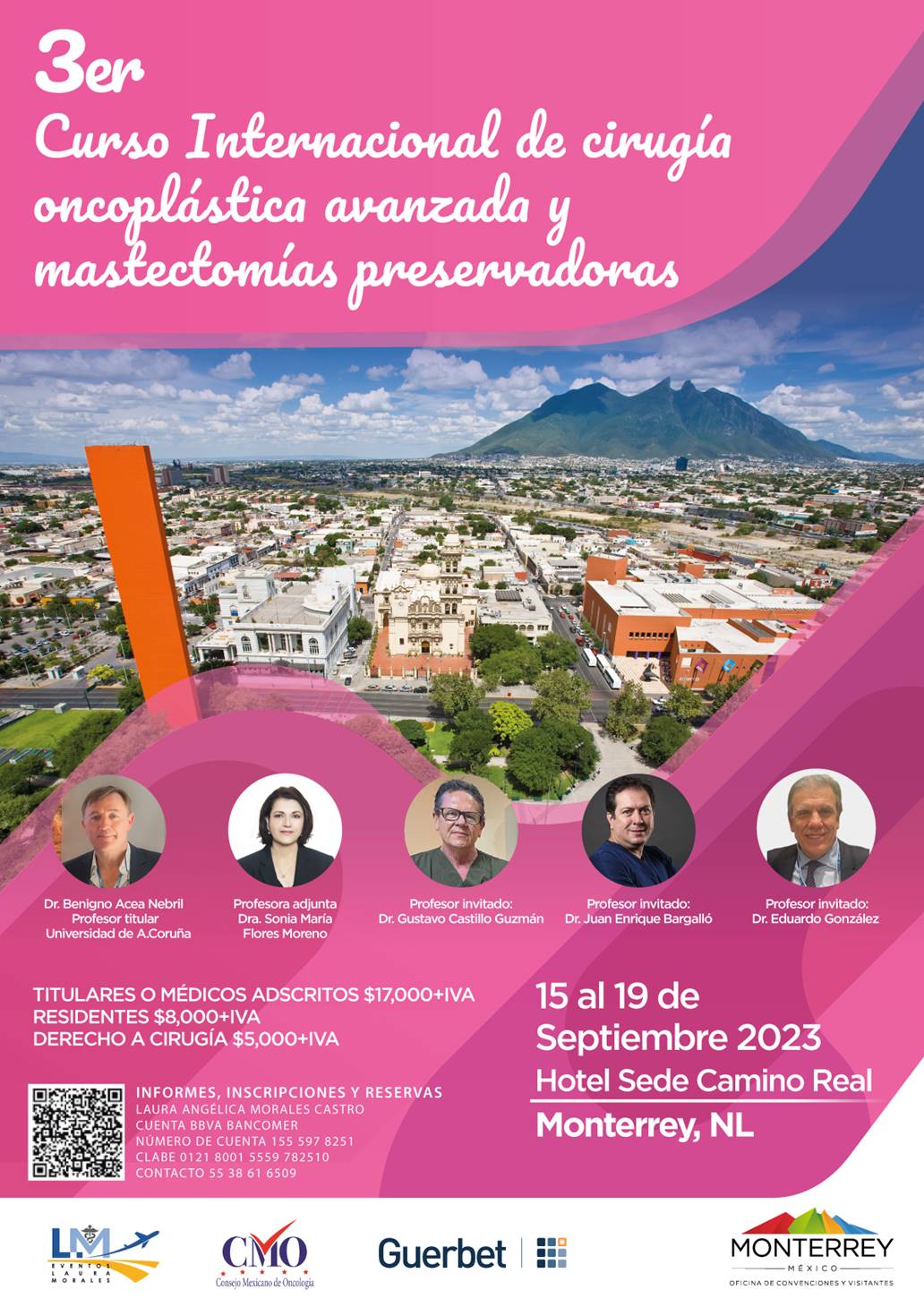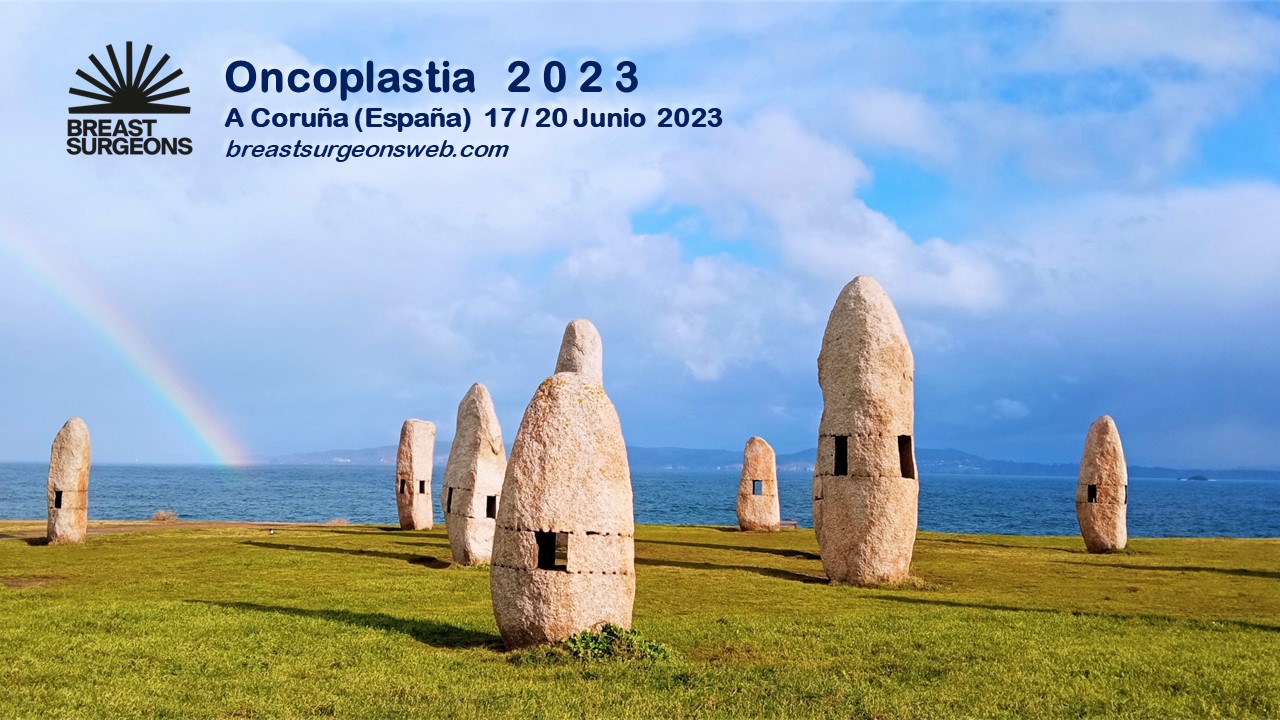Mostrar Contenidos Sensibles
 Dorsal Flaps - Indications for Their Use in Breast Conservative Surgery after Breast Cancer
Dorsal Flaps - Indications for Their Use in Breast Conservative Surgery after Breast Cancer
Partial breast reconstruction with musculocutaneous flaps is an intermediate alternative between conservative and radical breast procedures as it is located midway between the conservative and the reconstructive oncoplasty. Like breast-conserving surgery, the partial flap reconstruction maintains the original breast tissue in the diseased organ and therefore requires a postoperative radiotherapy treatment to improve the local control of the process.
INDICATIONS
The partial breast reconstruction using a latissimus dorsi flap can be placed in two contexts:
- Primary breast carcinoma. This procedure may be used as a first alternative technique after the diagnosis of breast carcinoma, in situ or invasive, or as salvage surgery after previous surgery with inadequate surgical margins. In these situations the most common indication is the presence of a multifocal process in an anatomic location that does not allow primary closure of the defect without creating a breast deformity. This situation occurs in multifocal processes located in the upper pole of the breast, especially when the upper inner quadrant is involved, a situation that is not a subsidiary of a standard conservative technique without giving rise to a defect in the upper pole. On other occasions, the existence of a prior lumpectomy in this location together with the need for an expansion of the borders will require the removal of the upper pole and its reconstruction using a latissimus dorsi flap to improve local control and the final aesthetic result
Using the same approach, this procedure may be used in the lower pole multifocal processes provided that the breast size and ptosis allows and once the double branch vertical mammaplasty has been ruled out as an alternative. Finally, the processes located in the upper outer quadrant may also be candidates for the placement of a latissimus dorsi flap in situations that require a wide excision of tissue that can not be solved with a lateral mammaplasty.
- Recurring carcinoma in the breast or chest wall. There is no doubt that partial reconstruction with latissimus dorsi is the most welcome method for handling the recurrence in the breast and / or chest wall. In these circumstances the use of surgical techniques should be included within a multidisciplinary approach together with the medical oncologist and radiation therapist in order to supplement surgical treatment with local irradiation and chemotherapy. The main limitation with local irradiation is the presence of a prior radiotherapy treatment in a significant number of these patients, either due to the presence of a prior conservative treatment or due to the presence of irradiation following the mastectomy. To enable the postoperative irradiation in these cases, the presence of the dorsal muscle flap will provide un-irradiated tissue that will support a second radiation treatment.
Technical Options
1. Total latissimus dorsi flap
The indications for this procedure are the multificales / multicentric processes of the breast or the locally advanced tumours
In this procedure the breast resection is replaced by a latissimus dorsi muscle flap that provides volume and skin coverage. This is a good option for breast conservation in women whose skin is directly affected by the tumour.
Its main drawback is the presence of two different types of skin (puzzle effect) and the high visibility of the scars. In my opinion, this alternative has little use today
2. Latissimus dorsi mini-flap
This procedure is used for local recurrences after conservative surgery. In these women the breast skin coverage is maintained and only the area corresponding to tumour resection is replaced. The advantage of the mini-flap is the reduced visual impact of the puzzle effect and the scars
This procedure is also useful for resolving the complications in skin-sparing mastectomies. In these patients, the mini-flap solves the skin defect after a complication because it restores the damaged area
3. Dorsi muscle flap without skin island
This procedure is used for the partial reconstruction of the breast after a wide excision of the glandular tissue (benign or malignant) or coverage of a breast implant after a skin-saving mastectomy
This is a procedure that can be performed using endoscopic support which allows for a minimally invasive surgery. In most cases the latissimus dorsi muscle can be dissected subcutaneously using a lateral thoracic incision which needs an endoscopic support to illuminate the surgical field.
There are two key objectives of the endoscopic approach in partial breast reconstruction: firstly to minimize the visibility and extent of the skin incisions, through the design of approaches that may be hidden in the furrow breast or axillary region, and not substantially vary the contour of the breast, maintaining the position of the external elements that define the mammary morphology, such as the location of the areola-nipple complex and the submammary position. The aim of this new approach is to perform the dissection of the latissimus dorsi flap, the breast removal and the reconstruction of the defect from a single incision in the axillary line located under the skin, with the help of endoscopic equipment.
The main use of this procedure is for women with tumours located in the upper outer quadrant with a breast/tumour size or ratio that is not a conventional oncoplástico procedure. A second use is for multicentric tumours (both in situ and invasive) susceptible to surgical treatment with subcutaneous mastectomy for the reconstruction with implants and coverage with pectoralis and latissimus dorsi. With regards to contraindications, this procedure is not suitable for women with large breasts and / or ptosis in whom glandular dissection is difficult and their best option would be a reduction pattern. Neither should it be used in cases where the tumour directly affects the skin, although the application of a neoadjuvant chemotherapy treatment can change the viability of the process


